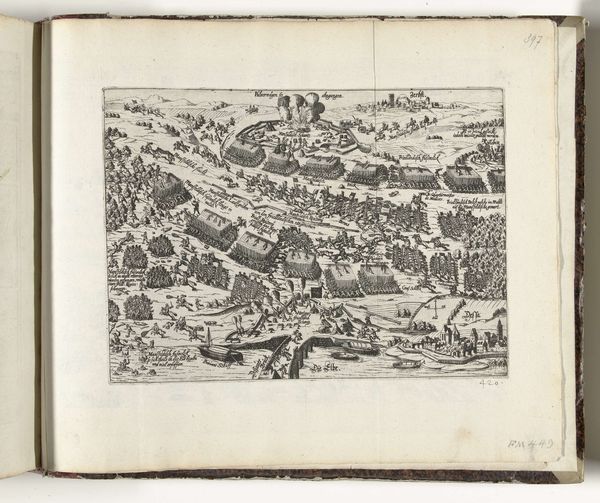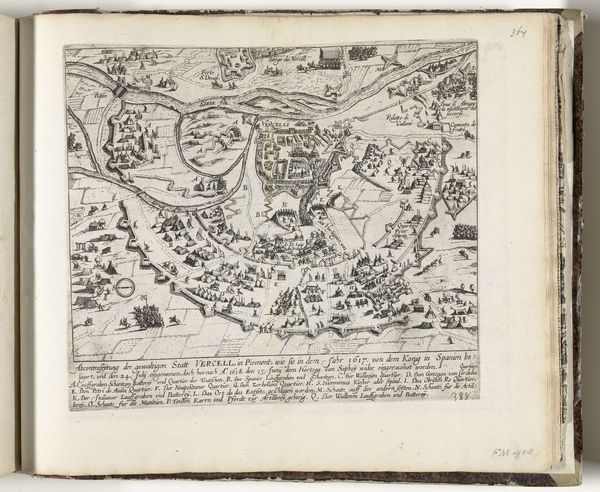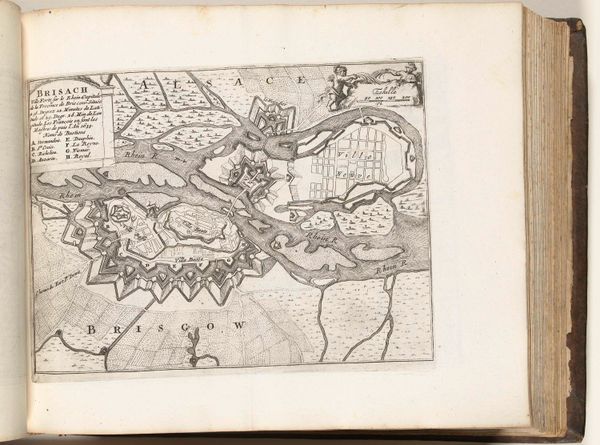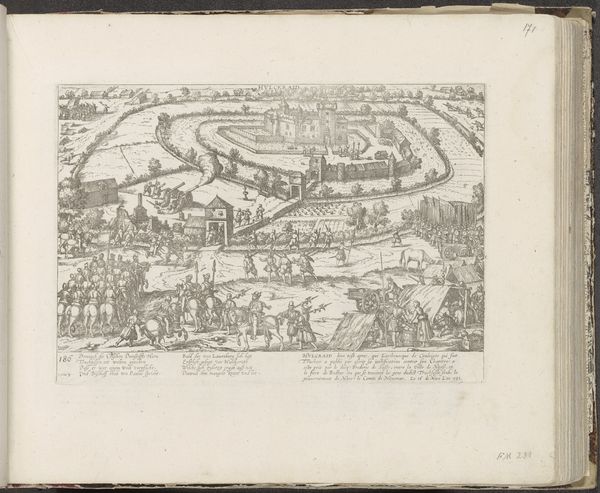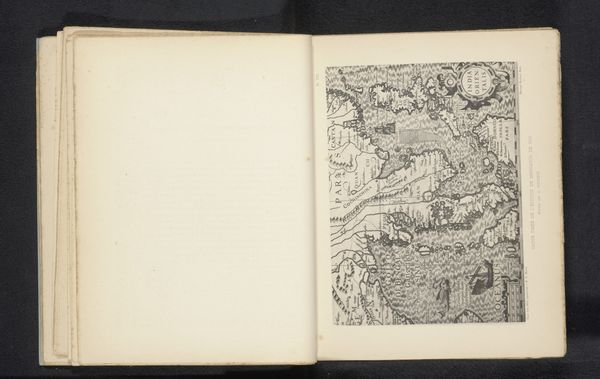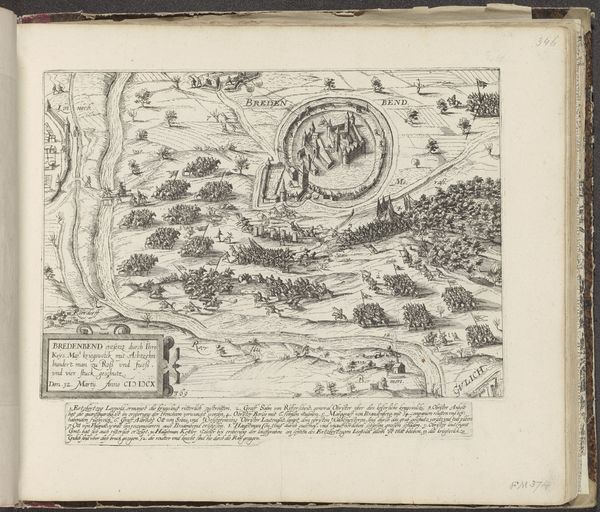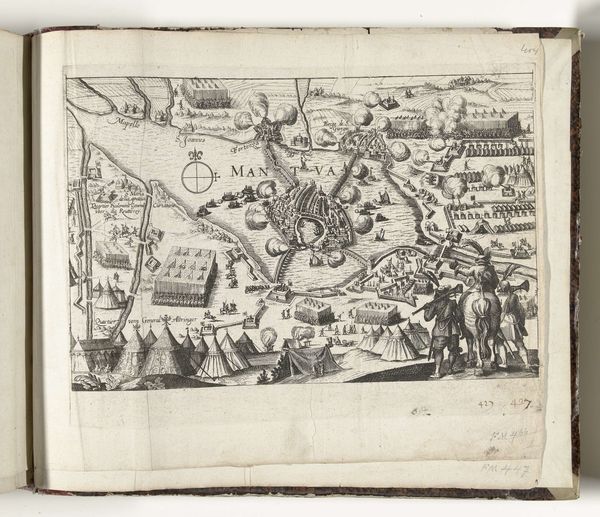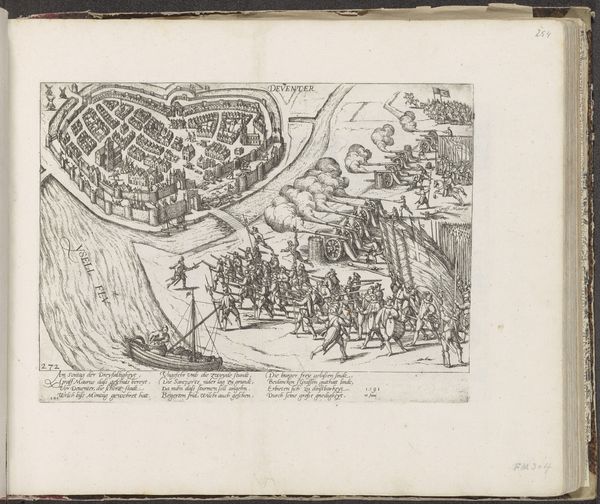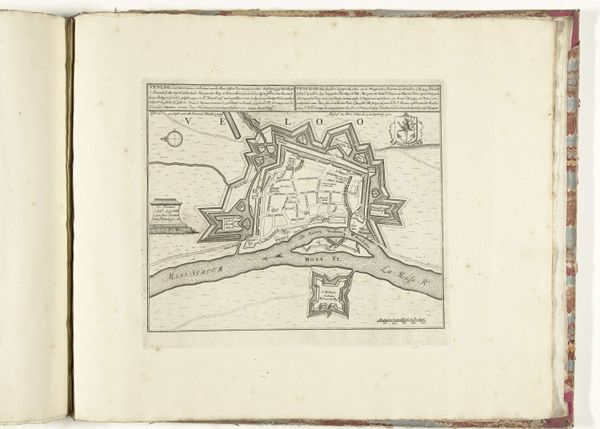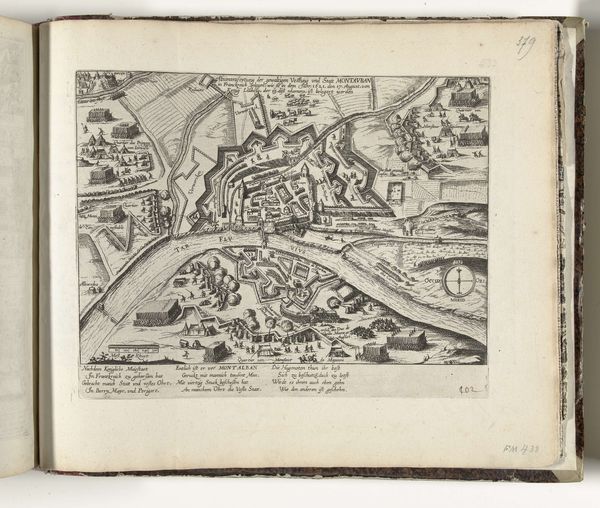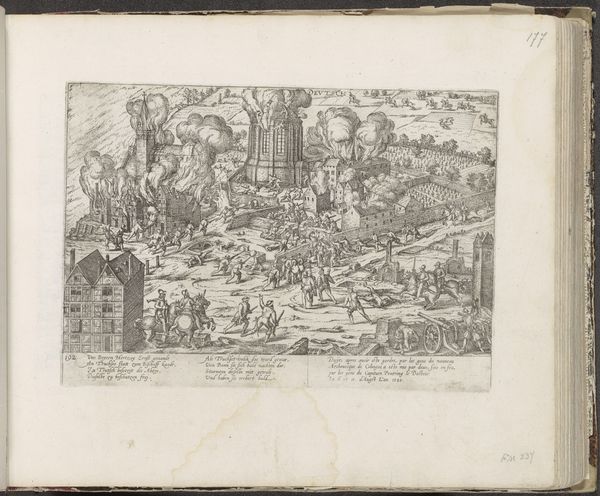
print, engraving
#
baroque
# print
#
pen sketch
#
sketch book
#
landscape
#
personal sketchbook
#
sketchwork
#
ink drawing experimentation
#
pen-ink sketch
#
pen work
#
sketchbook drawing
#
cityscape
#
history-painting
#
storyboard and sketchbook work
#
sketchbook art
#
engraving
Dimensions: height 206 mm, width 264 mm
Copyright: Rijks Museum: Open Domain
This engraving by Frans Hogenberg depicts a Swedish sconce on the Vistula near Gdansk, dating back to 1626. It’s a period marked by intense religious and political conflict across Europe, a time when cartography was as much about power as it was about place. Notice how the map meticulously details the fortifications and waterways, underscoring the strategic importance of this location during the Polish-Swedish War. But beyond military strategy, consider what it meant to claim and represent territory during this era. Maps like these weren't just neutral depictions; they were tools for asserting dominance, defining boundaries, and shaping identities. They reinforced a sense of belonging for some, while simultaneously excluding or marginalizing others. Think, too, about how this image circulates knowledge and shapes perceptions, influencing how people understood the world and their place within it. Maps are never neutral. They’re always telling a story.
Comments
No comments
Be the first to comment and join the conversation on the ultimate creative platform.
